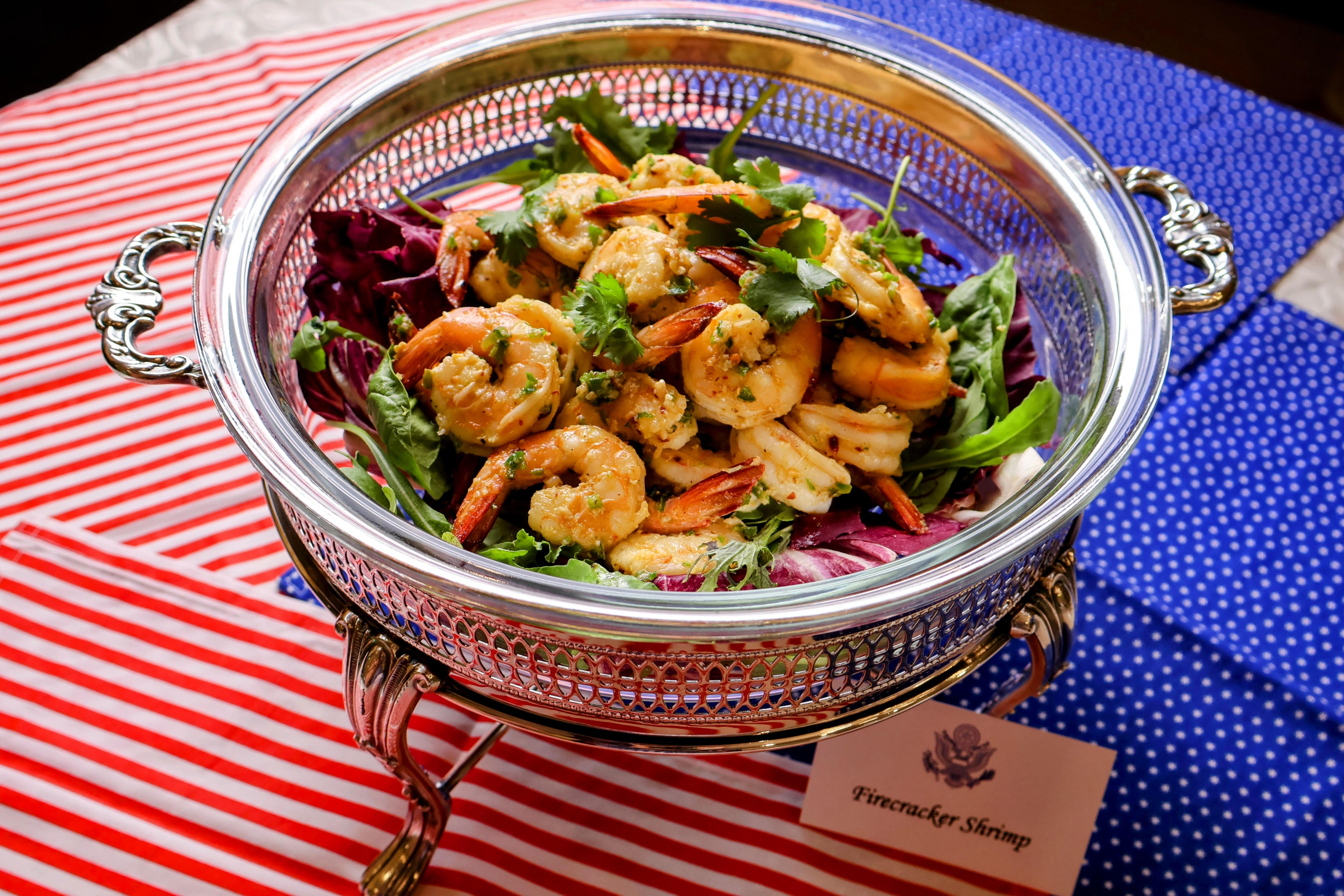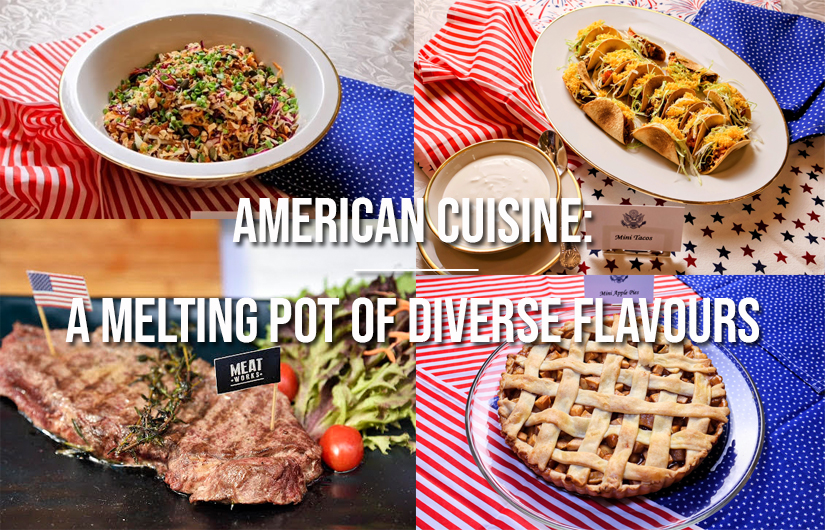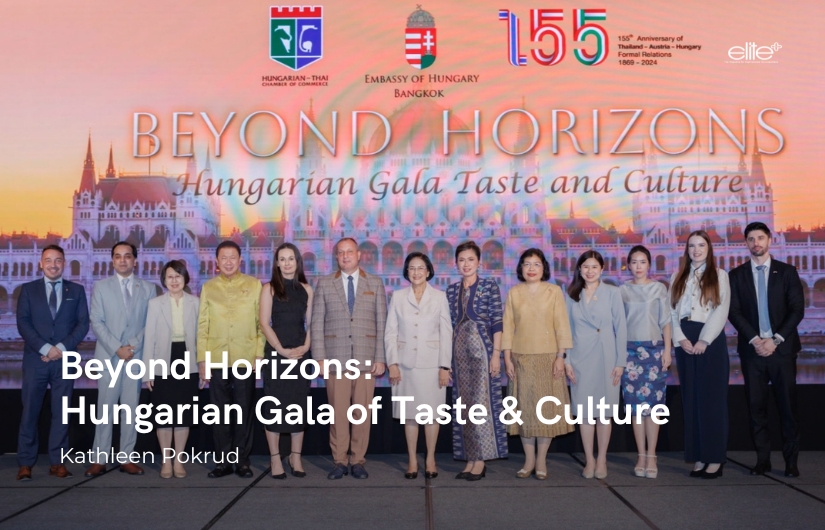By Kathleen Pokrud
Photos by Teresa Biesty
The United States is the number one food exporter in the world. With its 246 years of history since independence, American cuisine has proven to be a diverse and delicious blend of influences from various regional and international influences over the decades. It embraces a wide range of cooking styles and dishes that have evolved over centuries. There is a misconception that American fast food is all American has to offer. No doubt that burgers are well known around the world, but the tradition of celebrating Thanksgiving with turkey is gaining popularity worldwide. American steakhouses are the best in the world, to be complemented with good Californian wines. Due to the vast geographical size of the country and influx of immigrants from different parts of the world, American cuisine is a diverse melting pot and fusion of culinary traditions. I sat down with HE Ambassador Robert F Godec to learn about the culinary story of the United States.
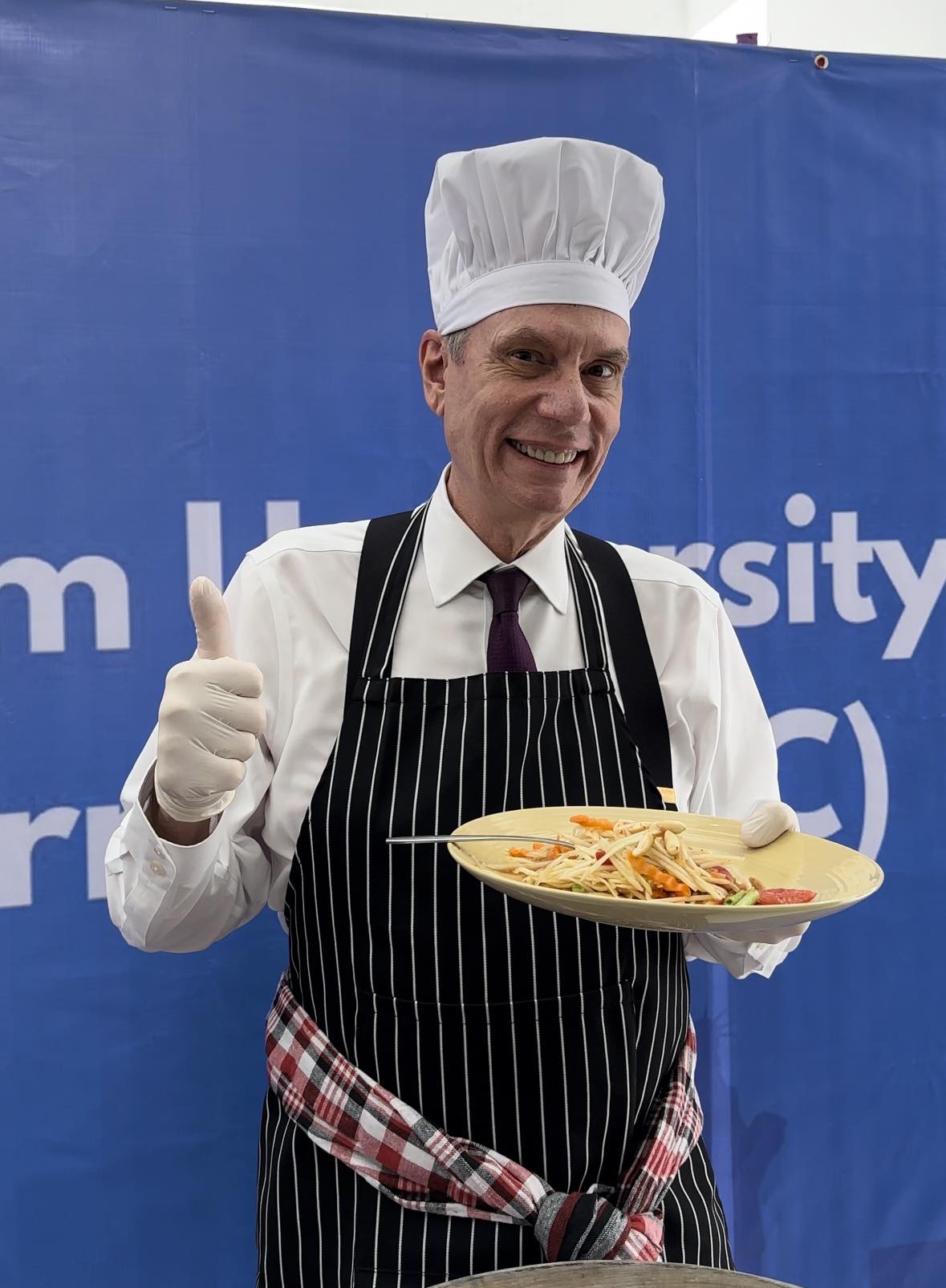
Ambassador Godec began by explaining, “Our cuisine is as varied as our country. It reflects our many cultures and long history, and it includes an exceptional range of ingredients, spices and styles. Parts of the United States often boast their own bold and unique dishes. The regional staples tell stories of innovation, migration, heritage and evolution through food. We are truly a culinary melting pot.
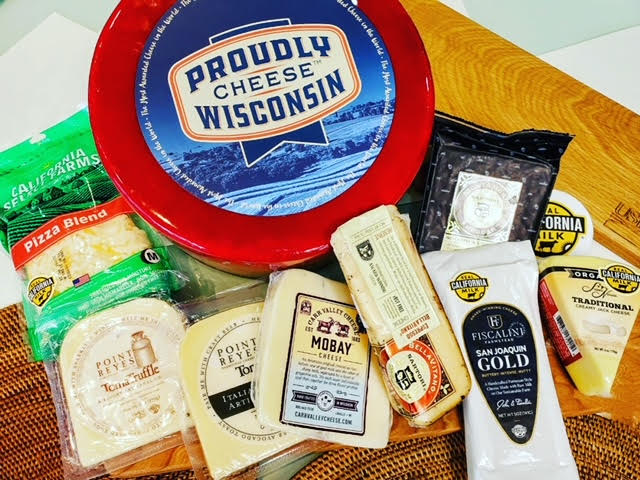
“Part of the American culinary identity is marked by the factors that make it impossible to pinpoint a singular, uniform food culture. The vast size of the country, successive waves of immigration and regional segmentation have made the hyphenated renditions of other cuisines, such Italian American pizza, come to define us.”
American food has spread to many parts of the world. Ambassador Godec commented, “Many outlets have American food as one of the top 10 cuisines in the world. Abundant land and advanced agriculture have led the US to being the top exporter of agricultural products in the world. This has translated into many nations incorporating these ingredients into their own culinary scenes. Here in Thailand, for example, about $14 millions of apples and $12 million of potatoes were imported from the US in 2022. An additional $148 million in seafood was also brought to Thailand.”
On the subject of food culture in the United States, Ambassador Godec shared, “Food culture in the US varies widely from city to city. Some larger cities, like Los Ángeles and New York, are flooded with food trucks, while other cities boast “Tastes”, large food fairs that attract tourists and locals alike to enjoy native classics.
“Part of what makes American dishes so unique are the stories that they tell. Many US cuisines have influences drawn from other regions, but there are a wide range of dishes and styles that originated in the States.
“Underlying all this is a fundamental passion for food and a booming restaurant industry. With so many influences in our food, our chefs are some of the most creative and innovative in the world.”
I asked Ambassador Godec about the traditional style of American cuisine. He replied, “A large portion of American cuisine has been influenced by the hands that prepare it. Often, throughout our history, those hands have been among the less affluent segments of American society, either poor European or Asian migrants, indigenous populations or descendants of African ancestry.
“These overseas influences come out in cuisines such as ‘Soul Food’, which is filled with African ingredients and techniques such as okra and the use of less popular parts of livestock such as gizzards and intestines.
“Other regions shaped by migrants include the Midwest and Southwest. European migrants flocked to the midwestern states throughout the late-19th and 20th centuries, bringing with them the bitter and hearty flavours of the region. Heavy use of vinegar and pickling, lots of root vegetables, like beets and potatoes, and loads of sour cream are all common staples throughout Ohio, Michigan and parts of Illinois and Indiana.
“In the Southwest and on the West Coast, Spanish and Mexican territorial influence is everywhere, with cilantro, lime, cumin and paprika in many dishes. Each state along the U.S.-Mexico border has its own renditions of Mexican classics such as burritos, tamales, quesadillas and tortas.”
With regard to any regional or state differences, Ambassador Godec highlighted, “Some that stand out or may be familiar include Southern comfort/soul food; New England seafood – clams and lobster; Chesapeake Bay region soft shell crabs; Midwest meat and potatoes, including several pickled or sour flavours; Louisiana-style Cajun/Creole and Southwest Tex-Mex.
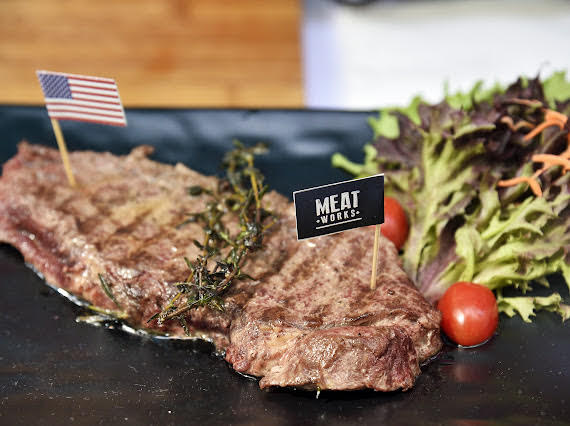
“Even barbecue itself has various regional renditions: Kansas City is known for sweet, barbecued beef ribs while Carolina barbecue is known for its tangy, vinegar or mustard-based sauces. Alabama, Mississippi and Memphis use more smokey flavours and pork cuts, like pork shoulder, pulled pork and pork ribs. Texas is known for dry rubs and more conservative sauce use, with beef cuts and steaks being most popular. These are broad generalizations but, in each region, barbecue is nearly synonymous with a communal or celebratory gathering and a chance to show regional pride.”
Key representative American dishes
There are so many key representative American dishes to name, but a few notable ones are clam chowder, gumbo, buffalo wings fried chicken, waffles, Reuben sandwiches, cheesesteak, shrimp and grits, lobster and lobster rolls, mac and cheese, jambalaya and the childhood classic peanut butter and jelly sandwich.
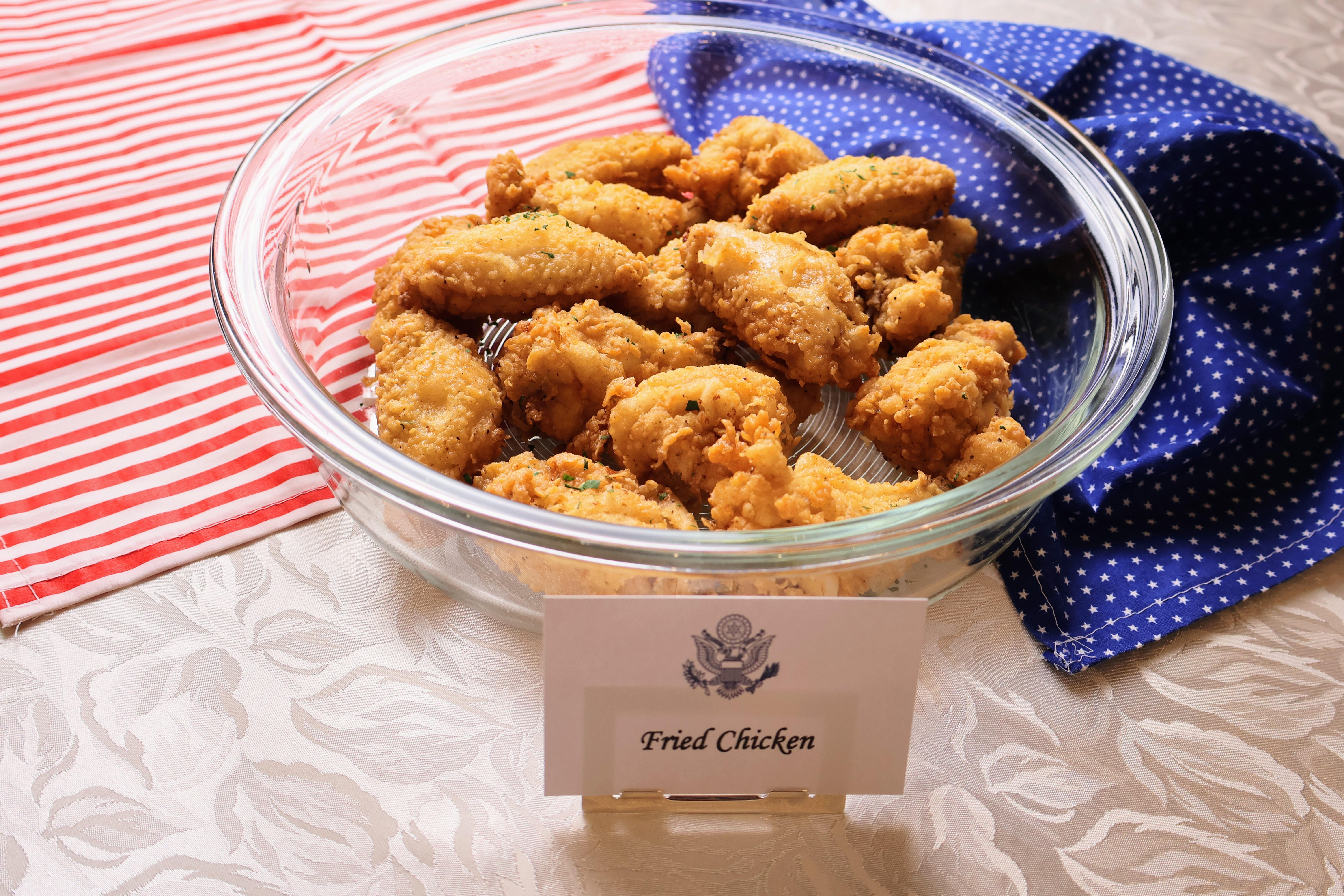
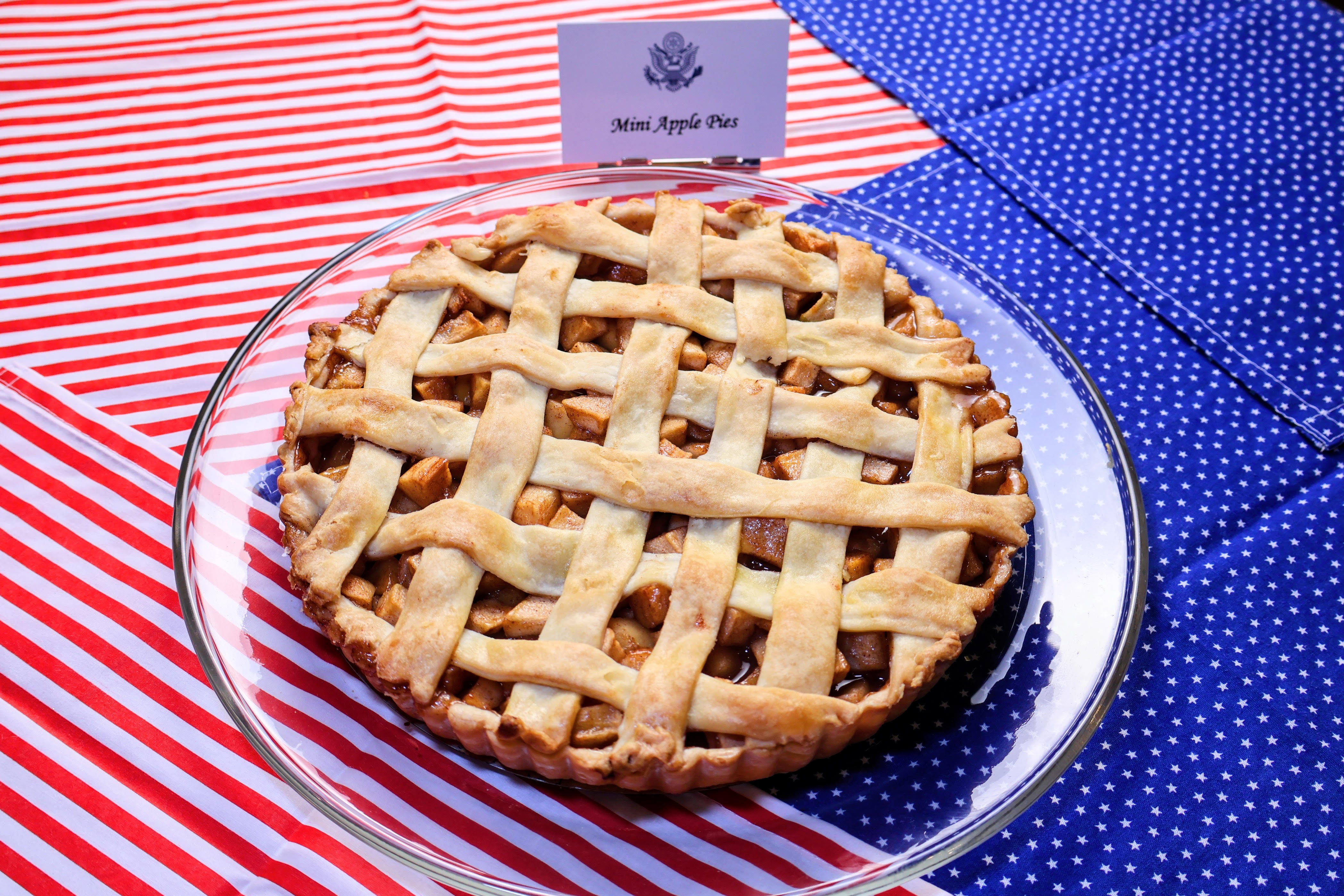
There is also a world of US desserts including apple pie, peach cobbler, red velvet cake, key lime pie, King cake, banana pudding, funnel cake, Boston cream pie, New York cheesecake and chocolate chip cookies.


Staple ingredients would include potatoes (in the form of mashed, baked, hush puppies, French fries and hash browns, as well as cheeses, California wine and Washington apples.
American food is always changing and has evolved in various ways, notably becoming more friendly and considerate of plant-based diets and creating new fusion cuisines, like sushi burritos and the “impossible burger”.
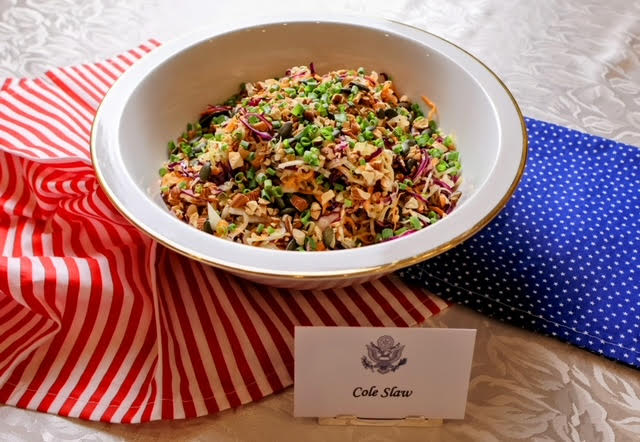
As our interview drew to its close, Ambassador Godec reiterated, “American cuisine is a vibrant tapestry woven from the diverse threads of our nation’s history and the rich cultural heritage of our people. Just as our country embraces an array of traditions, so too does our food reflect a fusion of flavours that unite us in the most delicious ways.
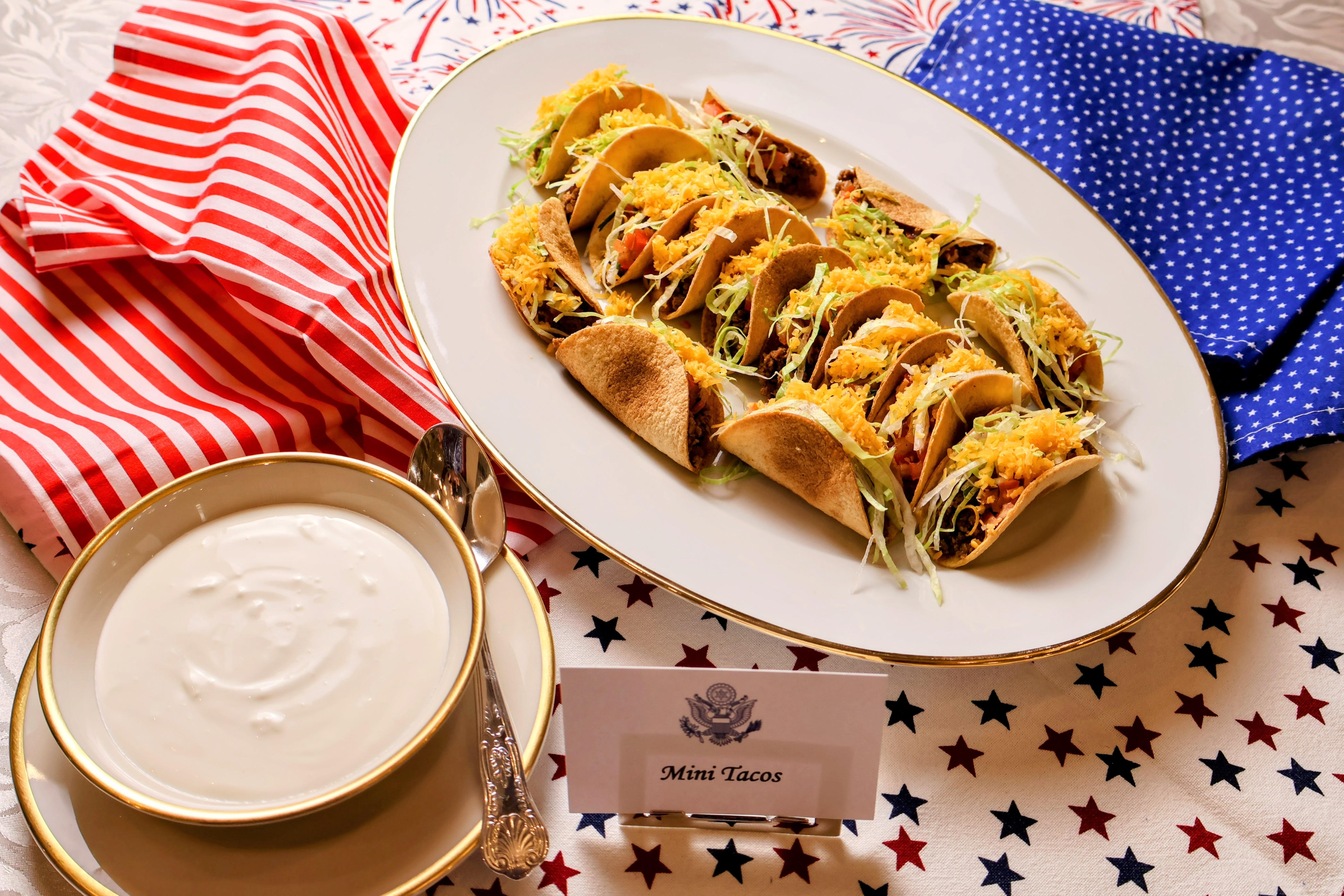
Our food celebrates the spirit of exploration with the warmth of familiarity, embodying the essence of a nation that is constantly evolving while still cherishing its roots.”
